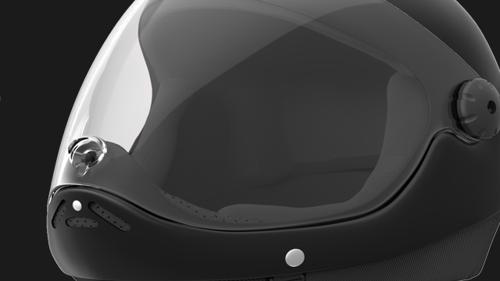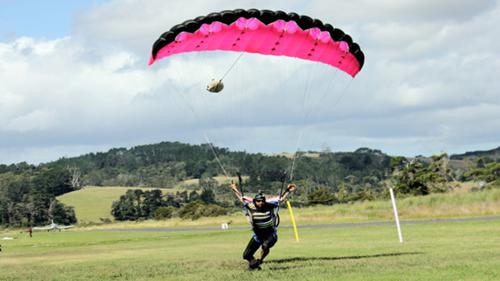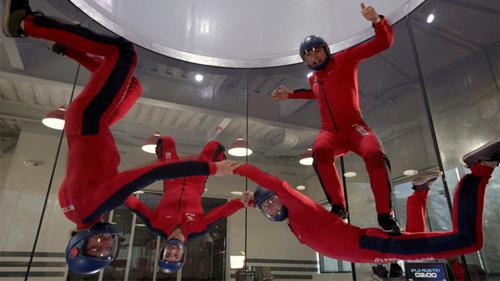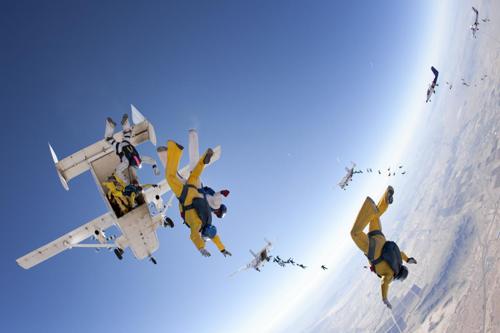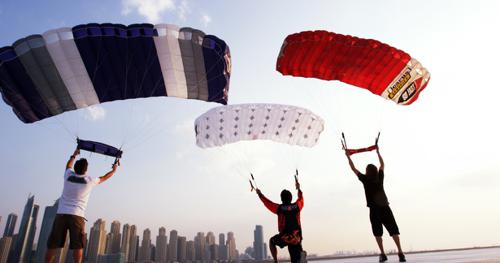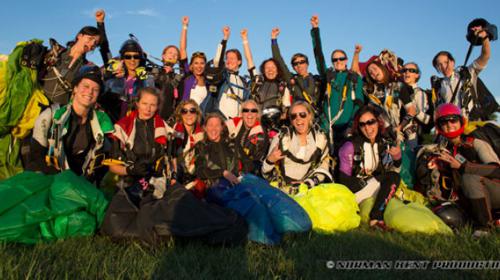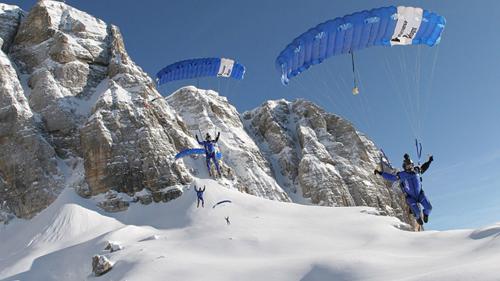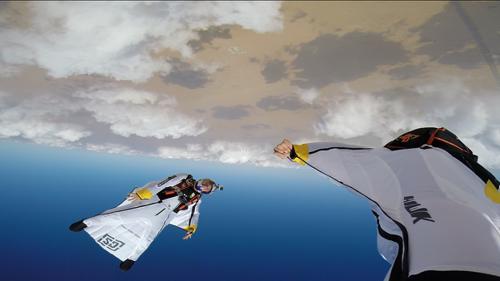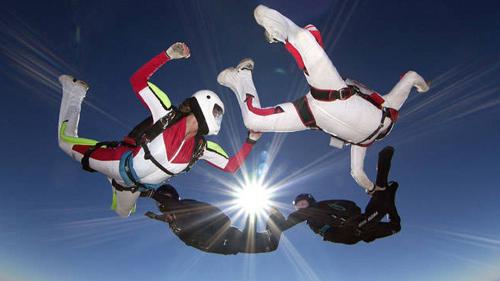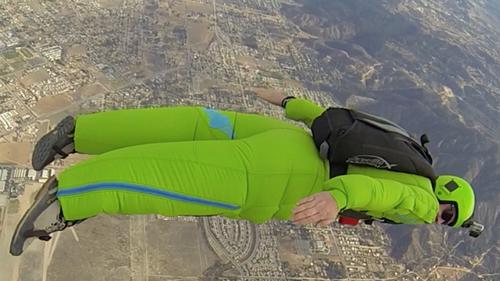Z1 SL-14 Helmet Released by Parasport Italy
Parasport Italy recently released the latest addition to their gear products with the announcement of the Z1 SL-14 helmet. The Z1 SL-14 is the first of the company's products to use the much anticipated Skylight visor. One of the new features with the Skylight visor is the ability to rotate the flip-up visor to a point whereby it will go unseen, ensuring that it does not disturb your peripheral vision under canopy. The visor is made of injection molded polycarbonate and is both anti-scratch and anti-fog treated. Parasport Italy also put focus on the ease of use, and the Skylight visor has been made to operate easily with one hand, even while wearing gloves. The positive response to the previous Z1 helmet regarding the visor locking system has meant that while enhanced upon, the same concept is used for the Z1 SL-14.
A wider face opening allows for enhanced peripheral vision, a clear field of view whereby the helmet does not distract, and makes for easier sight of the handles, as well as a better awareness of the environment.
There have been numerous improvements made to the shell of the Z1, ensuring a stronger, more durable helmet, while at the same time focusing on comfort. The manufacturing process involved injection molding with high impact ABS, like that used in the building of motorcycle helmets. The method by which this injection molding takes place, ensures that the products are consistent and well built. The helmet also comes with an adjustable airtight collar which is made from soft anallergic polyester. A removable variable density liner ensures that the Z1 gives a comfortable fit, while also allowing one to easily set the size just by changing the liner. The collar system has been redesigned for a more comfortable fit than previous models, with more padding around the back of the neck. Similar enhancements have been made on the liner which has been redesigned to ensure even better comfort. There has also been an improvement with the airflow management, which the liner's new design helps aid in.
A lot of focus was placed on consumer and industry feedback with the production of the Z1 SL-14. Such feedback is what brought the design of the Z1 away from the rear placed ratchet collar system that was found on the previous model. The new latching system makes it possible to close the collar around your neck and secure the helmet with the chinstrap buckle in a single movement. The chinstrap is adjustable to adapt the collar to the different shapes and sizes. Adjustment is needed just once (as shown on the drawing), after that securing the Z1 SL-14 is easy as pulling the chinstrap and closing the clip: no further adjustment needed.
The helmet is designed to be light and aerodynamic, while still ensuring that it is of the highest quality and strength.
Technical Specifications
Integrated polycarbonate flip-up visor
Unique practical and affordable visor mechanism
Anti-fog, anti-scratch, sturdy replaceable visor
Airtight collar, combined with safety chinstrap
Interchangeable liner (can be washed in the washing machine!)
Pouches on both ears to accommodate audibles
Size is set by the liner. Available sizes are S, M, L, XL and XXL
Available with IAS option to install the Skytronic GFX, the NeoXs or compatible audibles
Available separately the beautiful protecting helmet bag

